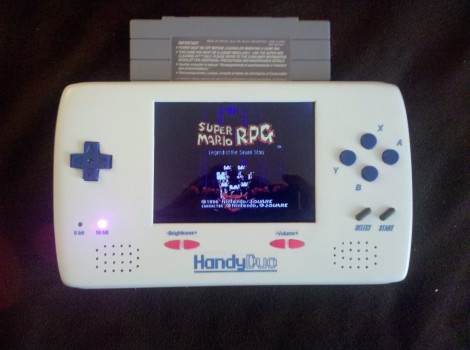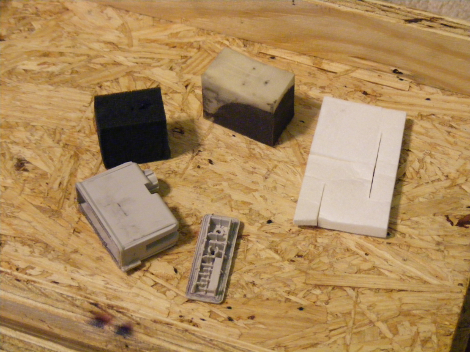
[Phil] over at Retroleum has cobbled together a clean, well put together laptop based entirely around a Zilog Z80 microprocessor and a pair of Spartan II FPGAs. These FPGAs allow him to reduce the number of devices on his board, and therefore cut his production cost as well as device size. He even managed to integrate a salvaged PSOne screen. The laptop comes complete with [Phil]’s own Homebrew OS as well as a great graphical vector based demo.
Sure he’s updated the project in recent years to shrink the board, speeding up the Z80, and increasing the peripheral speed and functionality, but we’re suckers here for a total package hack. Seriously though, check out the newest version of the device as well as the backlog that shows the project growing over time.
Thanks to [Steth] for the heads up.














